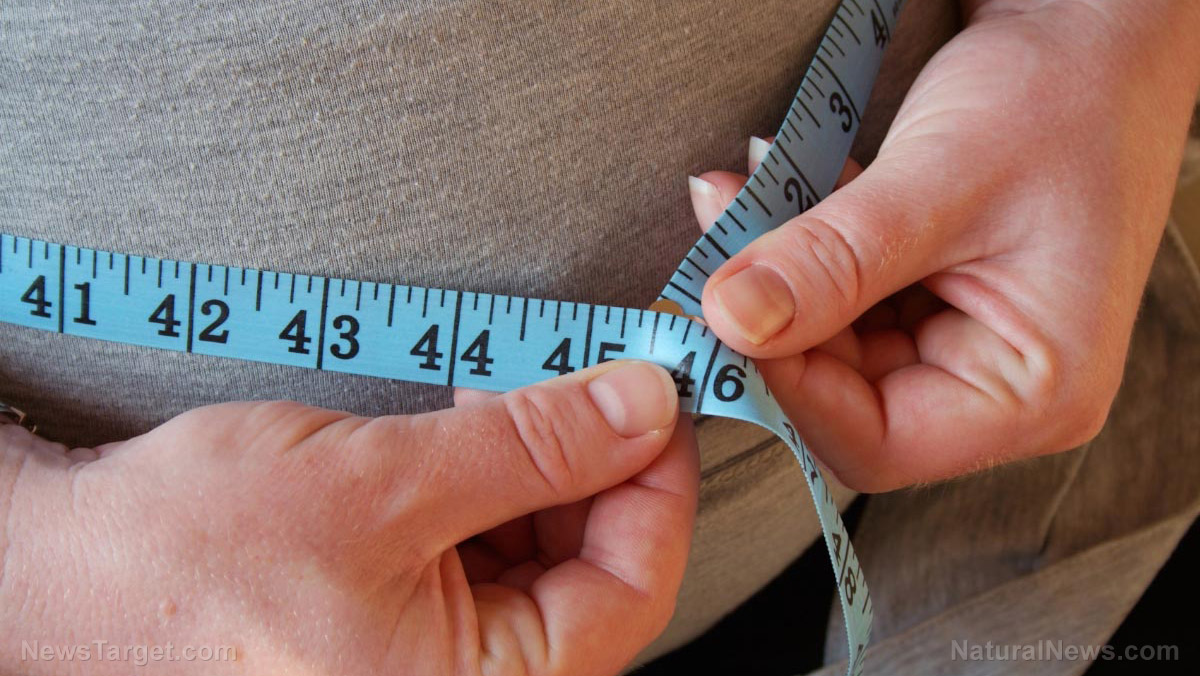
According to a study that was presented at the European Society of Endocrinology’s yearly meeting in Barcelona, people who have higher levels of belly fat tend to have lower levels of vitamin D. This might not sound like a big deal on the surface, until you consider all of the problems that have been linked to vitamin D deficiency, which range from poor bone health to cardiovascular and autoimmune disease, and even cancer.
Researchers from the VU University Medical Center and the Leiden University Medical Center in the Netherlands reached this conclusion after studying participants in the Netherlands Epidemiology of Obesity study between the ages of 45 and 65. They looked at the amounts of abdominal fat and total body fat in participants, and assessed how it related to their levels of vitamin D. To ensure they were getting an accurate picture, they adjusted for factors that could skew their results, including physical activity levels, alcohol intake, and chronic disease.
They discovered that amounts of abdominal fat as well as overall fat were linked to lower levels of vitamin D among women; abdominal fat had a bigger impact on this than total fat did. In men, it was liver fat and abdominal fat that were linked to lower levels of vitamin D. In both genders, however, higher amounts of belly fat corresponded to lower vitamin D levels.
The purpose of the study was not to uncover cause and effect, so it’s too early to say if a lack of vitamin D can predispose people to store fat. It’s also possible that higher fat levels somehow decrease the body’s vitamin D levels. This is something the researchers plan to investigate next. What the researchers can say now for sure, however, is that people with bigger waistlines have a higher risk of vitamin D deficiency and should therefore have their levels checked regularly to avoid negative health outcomes.
Getting more vitamin D
The Vitamin D Council reports that it’s simply not possible to get sufficient vitamin D from food alone, although it is possible to increase your levels somewhat with the help of foods like egg yolks and fatty fish. (Related: The 10 symptoms of vitamin D deficiency you need to recognize.)
The best and most natural way to get vitamin D is through exposure to sunlight. Ultraviolet B rays spur your body to create large amounts of vitamin D. The amount of time you need to spend outdoors depends on a lot of factors, including your geographical location, your skin tone, the time of day you go outside, and the weather. The amount of skin that you expose is also important, with more exposed skin causing your body to produce more vitamin D. In any case, however, there is no need to tan or burn to get the levels you need; experts say you can get a sufficient amount of exposure in half the time your skin would normally take to burn.
Wearing sunscreen impedes your ability to produce vitamin D because it blocks UVB rays. In fact, a clinical review shows that sunscreen with SPF 15 or higher can reduce your body’s vitamin D3 production by as much as 99 percent.
While exposure to the sun is the ideal way to ensure your body gets the vitamin D it needs, you could consider taking D3 supplements from trusted sources if you simply can’t get outside enough. (Related: Japanese study confirms vitamin D reduces cancer risk.)
Whether you maintain a healthy weight or the scale seems to climb every time you step on it, everyone can benefit from ensuring they get plenty of vitamin D.
Sources for this article include:
Please contact us for more information.






















